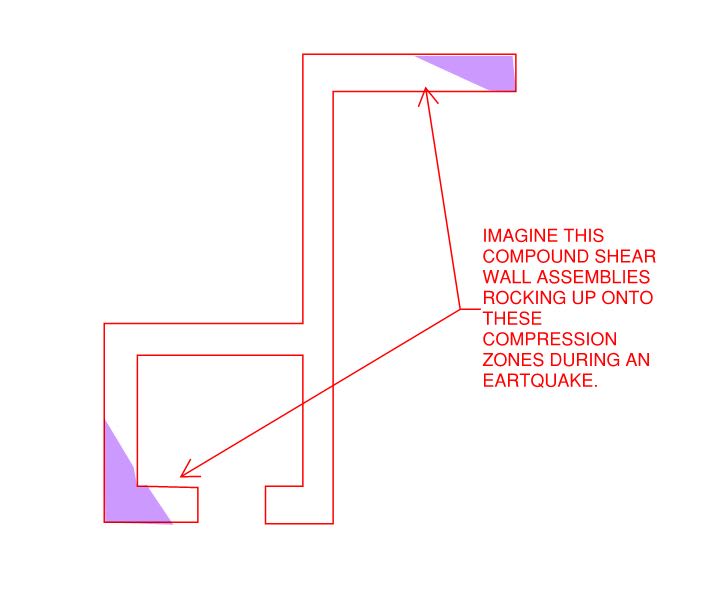Trenno
Structural
- Feb 5, 2014
- 831
thread507-460377
What are people's opinions on applying 3D interaction diagrams or codified biaxial for walls?
I'm thinking factors like high aspect ratios, return walls and end bar clusters would skew the results compared to a stocky square column. Essentially the buckling mechanism would be different a "wall" and a "column." 2D element v 1D element.
What are people's opinions on applying 3D interaction diagrams or codified biaxial for walls?
I'm thinking factors like high aspect ratios, return walls and end bar clusters would skew the results compared to a stocky square column. Essentially the buckling mechanism would be different a "wall" and a "column." 2D element v 1D element.


![[wink] [wink] [wink]](/data/assets/smilies/wink.gif)



